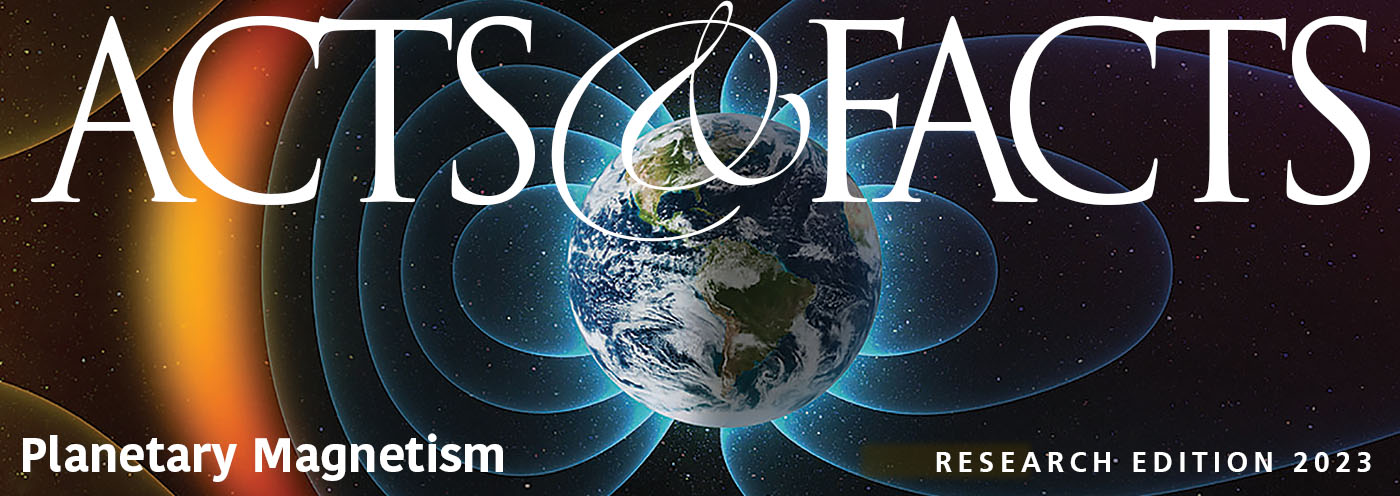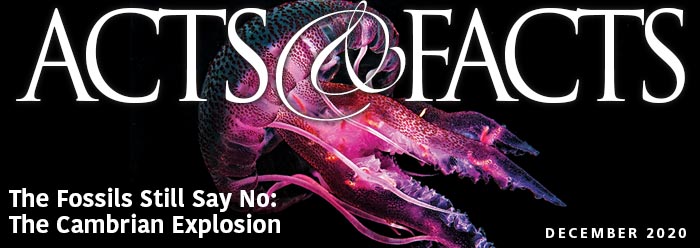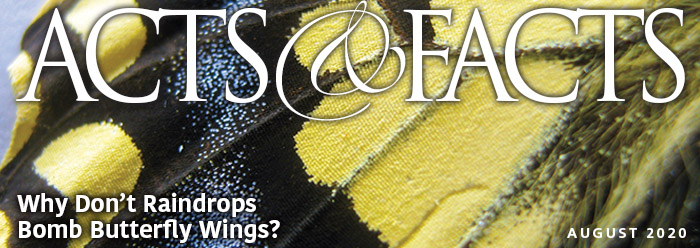“Whosoever shall say unto this mountain, Be thou removed, and be thou cast into the sea; and shall not doubt in his heart, but shall believe that those things which he saith shall come to pass; he shall have whatsoever he saith” (Mark 11:23).
On the Third Day of Redemption Week, the sight of the withered fig tree led to an instructive lesson on faith in God, the Lord Jesus assuring the disciples that real faith could even move mountains into the sea. In parallel, on the Third Day of Creation Week, He had literally called the mountains up out of the sea (Genesis 1:9,10)!
It was also on this day that the Lord rebuked the Jewish leaders with two parables about a vineyard (Matthew 21:28–43). They had been placed in charge of God’s vineyard on the earth, and had failed. Like the fig tree, there was no fruit for God from their service, and they must be removed.
Likewise, on Day Three of Creation, the entire earth had supported an abundance of fruit to nourish every living creature (Genesis 1:11,12). It had been placed in man’s care (1:28–30; 2:15), but he had failed. Before the earth can become a beautiful garden again (Revelation 22:2), it must be purged, and the faithless keepers of the vineyard banished.
This Third Day of Passion Week was climaxed with His great discourse on the Mount of Olives, in which the Lord promised He would come again some day in power and great glory (Matthew 24). He then spent the night with His disciples there on the mountain, no doubt remembering the first mountains. Also, the little Garden of Gethsemane—on its slopes—would bring to mind the beautiful Garden of Eden and the verdant world He had planted everywhere that same day. Now, because of what He was about to do in Jerusalem, the ground would some day be cleansed of its Curse and the world made new again. HMM

The Sea And The Mountains
The Latest
Ichthyosaur Graveyard Explained by the Flood
Ichthyosaurs are marine reptiles that occur globally in the same rock layers as dinosaurs. Specimens with babies support the idea that they gave live...
CREATION PODCAST
What Do We Do With Geology's Unconforming Features? | The Creation...
Welcome to the fifth episode in a series called “The Failures of Old Earth Creationism.” Many Christians attempt to fit old...
Freshwater Fish Fossil in Australia
Yet another fish fossil has been discovered. This one was found in the Australian desert and was dated by evolutionists to be “15 million years...
May 2025 ICR Wallpaper
"Now may the God of hope fill you with all joy and peace in believing, that you may abound in hope by the power of the Holy Spirit." (Romans...
Acoustic Communication in Animals
We are all familiar with vocalizations in the animal world. For example, dogs bark, birds sing, frogs croak, and whales send forth their own distinct...
Creation Kids: Crystals!
by Michael Stamp and Susan Windsor*
You're never too young to be a creation scientist and explore our Creator's world. Kids, discover...
APOLOGETICS
Playing Chess with Little Furry Critters
God’s multifarious and marvelous designs for basic creature needs are so innovatively clever and providentially purposeful that Christ’s...
Credit Only Our Creator
History was my favorite subject as a young kid. But it always puzzled me when my teachers said, “We study history so that we don’t repeat...
Genomic Tandem Repeats: Where Repetition Is Purposely Adaptive
Tandem repeats (TRs) are short sequences of DNA repeated over and over again like the DNA letter sequence TACTACTAC, which is a repetition of TAC three...
Dinosaur National Monument: Fossil Graveyard of the Flood
Straddling the border of Utah and Colorado, Dinosaur National Monument (DNM) is one of the richest exposures of dinosaur fossils in the world.1...
















